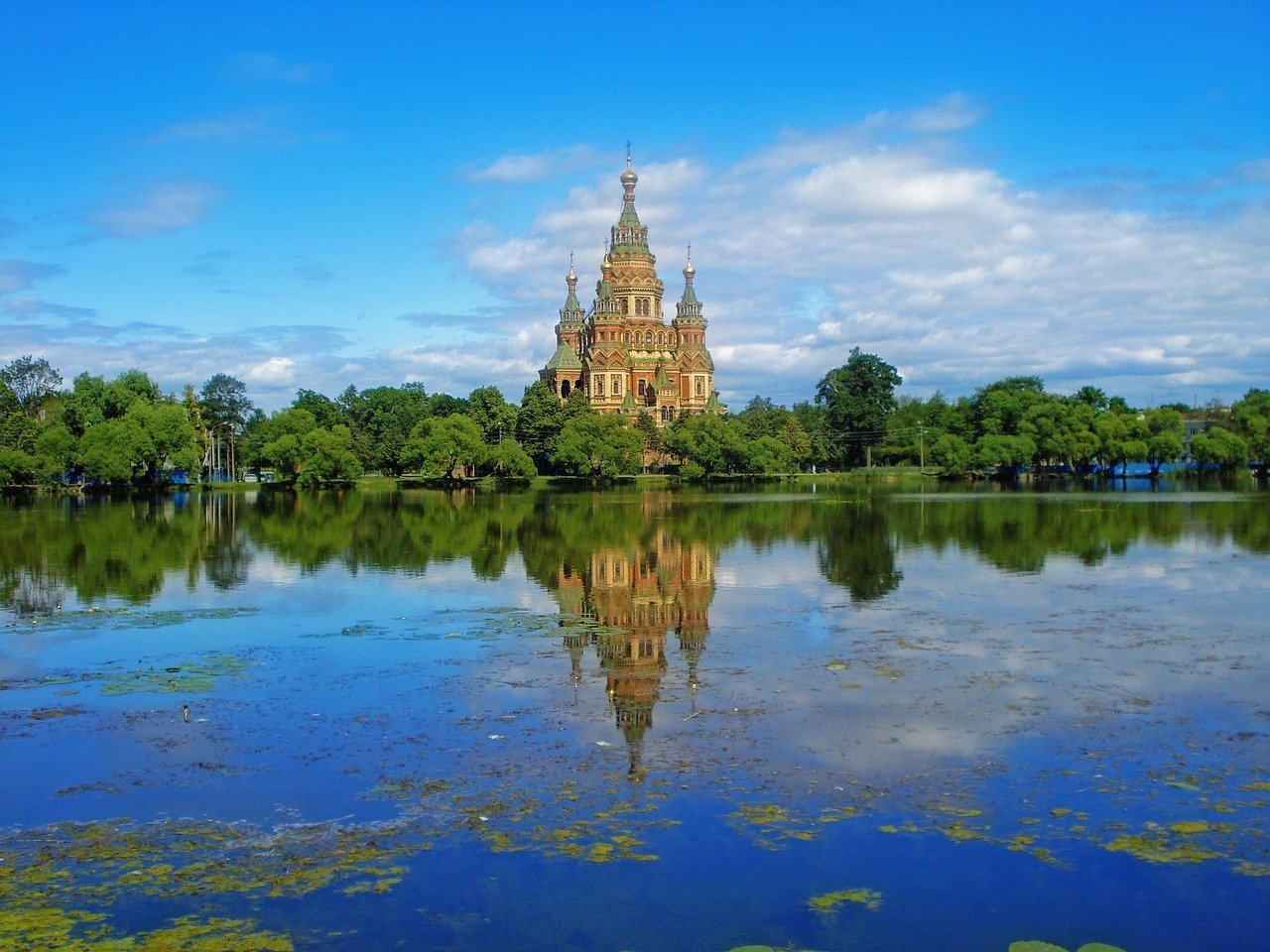Few cities maintain the balance between the rich heritage of their past and the potential of their future like St Petersburg, Russia’s cultural capital.
It’s mere minutes before the witching hour at St Petersburg’s iconic Grand Hotel Europe, and the elegant lobby lounge and cigar bar is packed with the city’s movers and shakers. St Petersburg’s beautiful sip luxury Russian vodkas served by a dedicated sommelier, and feast on Beluga caviar from the Caspian Sea in a scene that’s increasingly synonymous with the new face of Russia. The country’s most historic city, from which the country’s revolution spawned 100 years ago, is also its most forward-moving, as young, affluent Petersburgers flex their capitalist muscle at a host of chic restaurants, innovative galleries, and world-class clubs hidden behind historic facades and surrounded by the gilded edifices of the past.
The intimate lobby bar of Belmond’s Grand Hotel Europe is a fitting place to start any exploration; the hotel has long been an icon in a city of landmarks and the list of notables who have called it a home away from home is literally as long as your arm. While the likes of Rasputin, Tsar Nicholas II, and George Bernard Shaw enjoyed the hotel’s individually-designed suites and the performances held in the L’Europe restaurant (Tchaikovsky even spent his honeymoon here), more contemporary guests include the Red Hot Chilli Peppers, Leonardo Di Caprio, Naomi Campbell, and Sharon Stone. Both Elton John and the late Whitney Houston have performed late-night impromptu concerts in the hotel, the latter at the vodka bar where the city’s A-listers meet for pre-theatre tipples or late-night concoctions, knowing they’ll always be in good company.
READ: The World’s Best Northern Lights Destinations
The 275-room Grand Hotel Europe (below) epitomizes St Petersburg’s duality: despite opening over 130 years ago, the lavish hotel remains popular with visiting royalty, celebrities, and politicians. It also maintains its strong links with the city’s arts scene, and many of its sumptuous, individually-designed Heritage Suites are named for Russian icons like Stravinsky and Dostoevsky, as well as for past guests like Pavarotti.
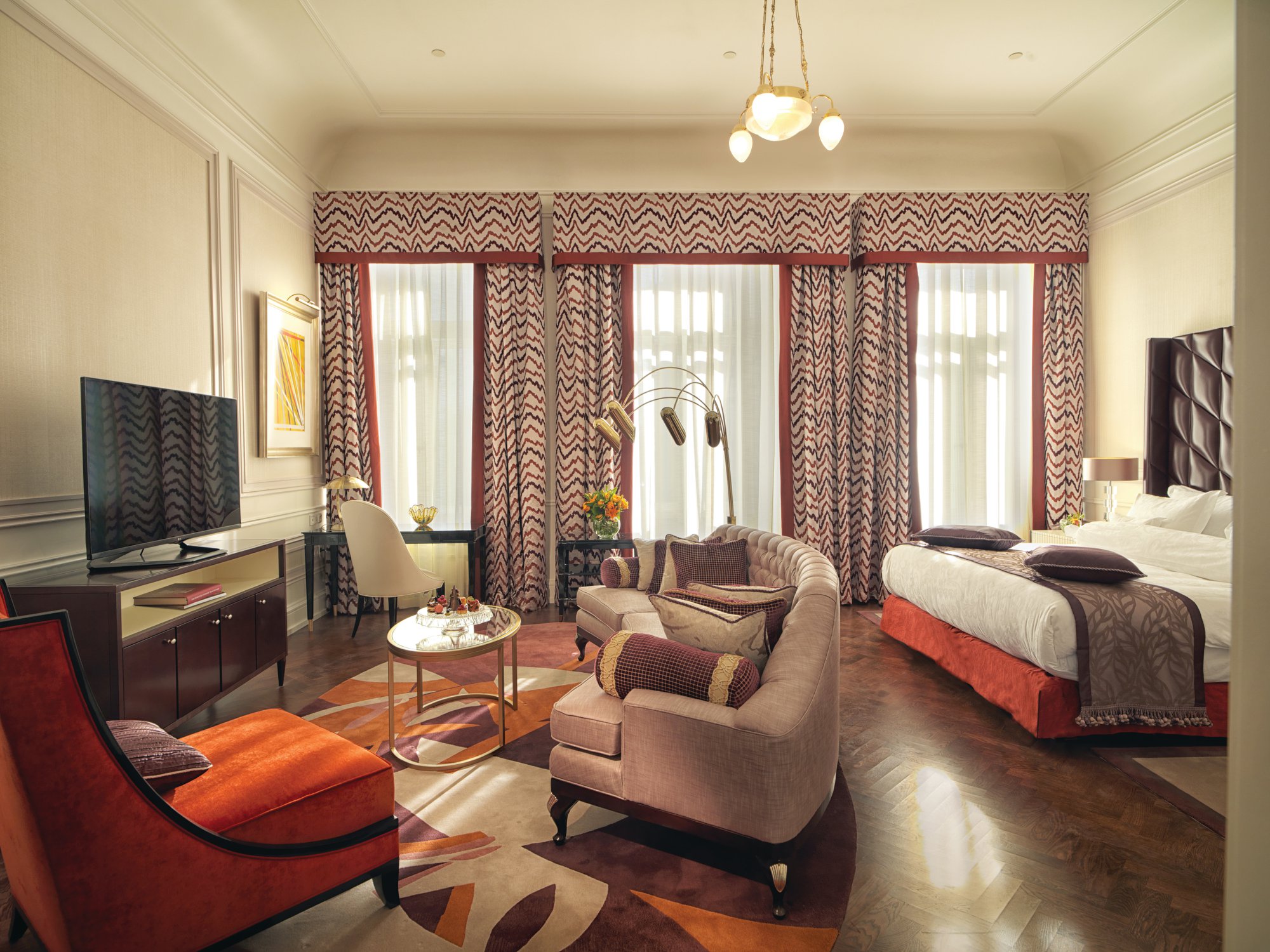
“Everyone knows the Grand Hotel,” says Natalya Makarova, a jazz singer and law student I discover dressed to the nines and sipping martinis with her friends in the hotel’s lounge bar. “It’s part of St Petersburg’s history and yet it’s kept up with the city’s development. It’s stood the test of time and now it’s the place to see and be seen more than ever.”
The Grand Europe Hotel isn’t the only place attracting the city’s new generation of affluent citizens. A modern yet elegant performance of Giselle at the nearby Mikhailovsky Theatre is sold out, with plenty of young, well-heeled ballet goers making their way through powdered snow to the regal boxes of the esteemed stage within.
READ: Switzerland’s Most Epic Train Journeys
Established in 1833 by decree from Tsar Nicholas I, the Mikhailovsky is one of Russia’s oldest opera and ballet houses. Under the Bolsheviks, it became a home for experimental music, with several debuts taking place between the 1920s and 30s. In an effort to attract new audiences, Russian businessman Vladimir Kekhman was appointed general director in 2007, donating one billion rubles (US$40 million) to the restoration of the building and inviting Elena Obraztsova and Farouk Ruzimatov to coordinate the venue’s artistic revival The theatre’s full-time troop has since toured internationally and now rivals the well-known Moscow-based Bolshoi Ballet Company, drawing in affluent Petersburgers for packed shows.
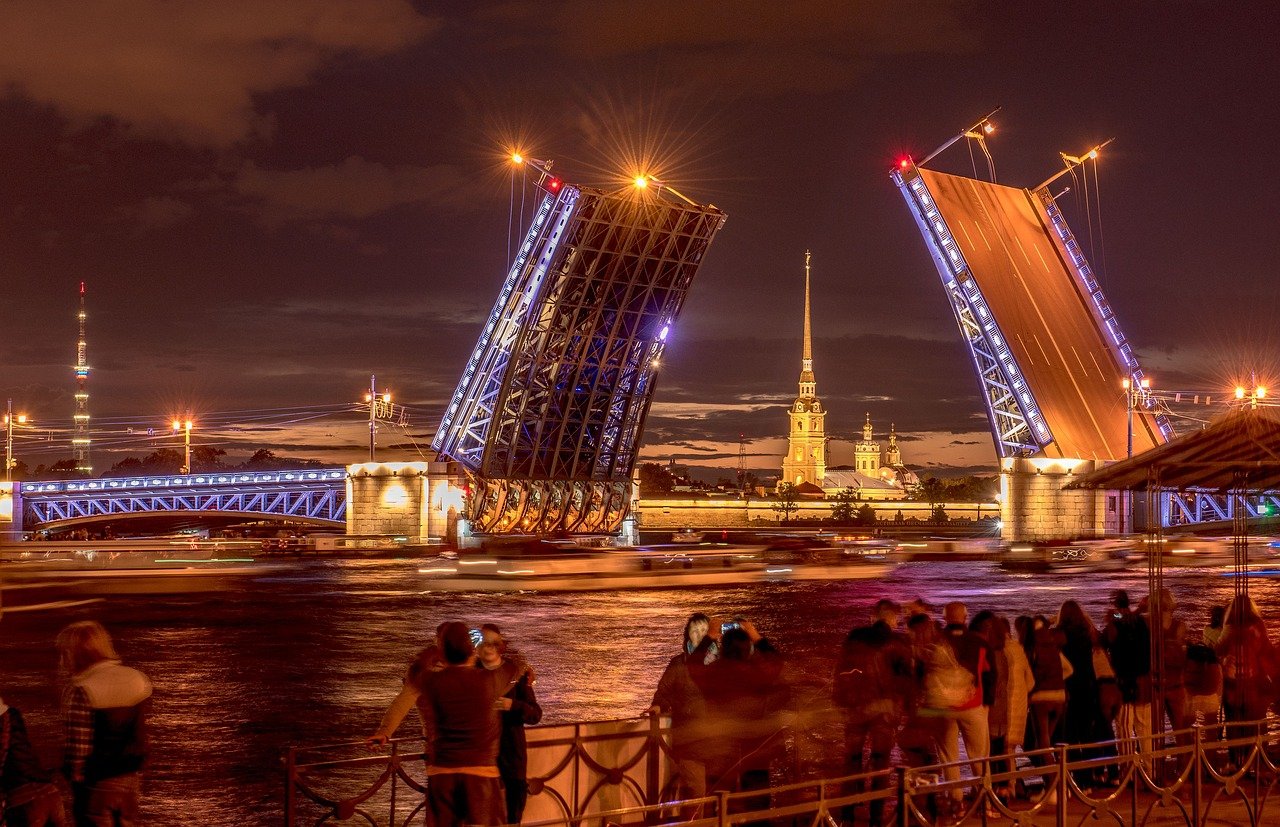
“What do they know about ballet in Moscow,” laughs one glamorous mink-clad patron during the intermission, when the theatre’s reception halls are packed with a spectrum of the city’s social scene. “Everyone knows St Petersburg is Russia’s cultural heart and the Mikhailovsky proves it with every performance.”
Down the road, the equally famous Mariinsky Theatre (below), opened in 1860 and acclaimed for its operatic performances, has benefited from the addition of a 2,000 seat second theatre designed by Canada’s Diamond & Schmitt Architects and built at a cost of €500 million (US$592 million). The new venue is dedicated to modern performances and complements the lavish original venue and an adjacent Concert Hall that was opened in 2007.
READ: Conrad Combrink is Forging a Path for Adventure
All that arts and culture is bound to leave travelers with an appetite. Fortunately, St Petersburg’s dining scene has also taken off, both with fine-dining eateries and modern takes on classic kitchens. You can dine like a Tsar at Palkin, once a favorite haunt of literary greats like Dostoyevsky and Gogol, where the imperial-themed menu includes black caviar, crab meat, and sturgeon.
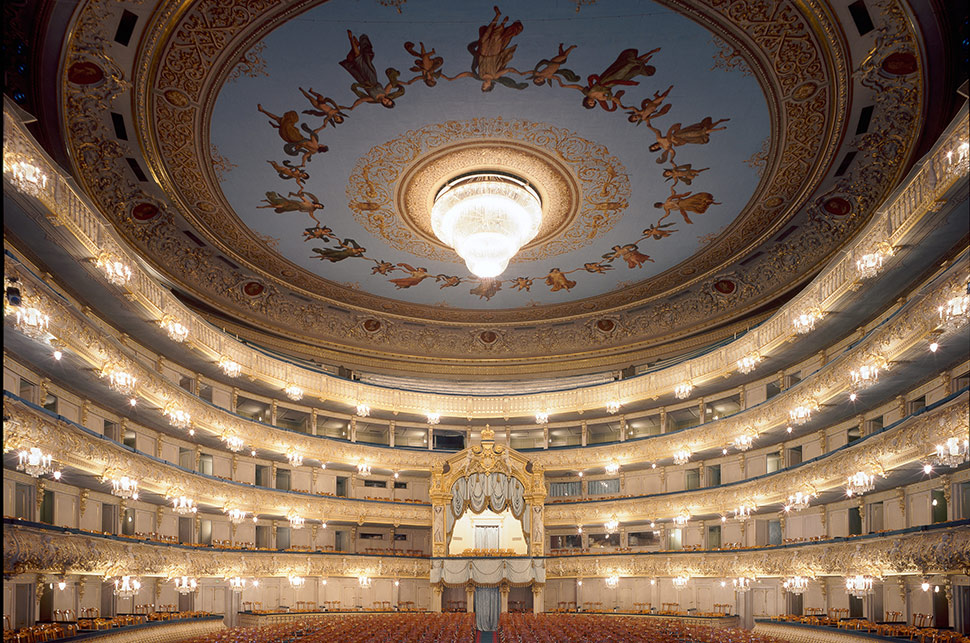
Alternatively, modern spots include Geography, which fuses culinary traditions from across the globe and matches dishes with cocktails laced with homemade bitters and liqueurs; and Floor 41, a bold open-kitchen concept with stunning views of the city’s network of canals. Head to the River Neva to explore Novaya Gollandiya, the city’s New Holland precinct, an abandoned industrial hub that has been transformed into a city park and cultural destination thanks to a €400 million (US$474 million) donation from Roman Abramovich’s asset management company Millhouse LLC. Here, The Bottle House, a former naval prison turned foodie destination, features insightful restaurant-cum-cocktail bars like Kuznya House, and year-round culinary pop-ups centered on a courtyard that hosts its own program of concerts and film screenings.
You’ll also drink well in Russia’s cultural capital, with a plethora of new watering holes – some chic and distinctly bourgeois, some rustic and positively proletarian – lining the city’s 93 rivers and canals. These range from Machty, a yacht club-styled venue housed in a former electronics factory; through to Produkty Bar, a cozy, residential-style bar that’s popular with artsy millennials; and Redrum, one of the city’s leading craft beer havens.
READ: We Put Air Canada’s Trans-Pacific Business Class to the Test
St Petersburg’s art scene also continues to be a major drawcard; while the city is famed for its classical art collections, much of which can be found in the acclaimed Russian Museum or the iconic Hermitage, the local contemporary art scene is also red hot, especially when the winter weather drives visitors indoors. The Hermitage opened a dedicated modern art wing a few years back and contemporary art galleries, including Street Art Museum, a fascinating gallery space etched out of a former factory that hosts the annual Present Perfect Festival; and the Berthold Center, housed in a former foundry, are cropping up across the city, catering to newly-minted collectors.
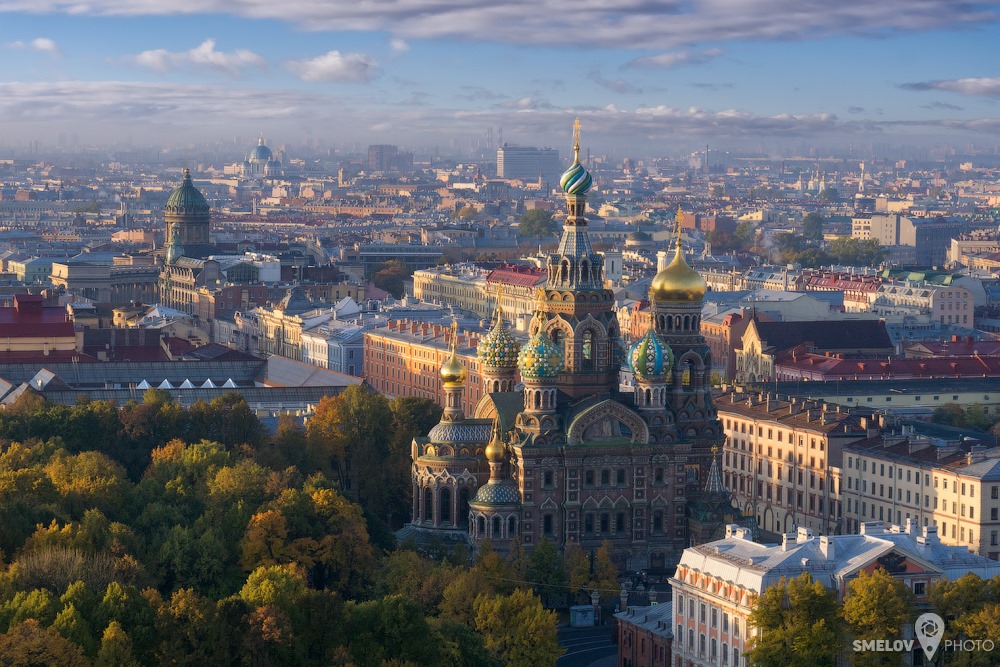
Erarta (below), located on Vasilievsky Ostrov or Basil’s Island, one of the city’s 42 urban isles, is Russia’s largest private contemporary art museum and is dedicated to promoting Russian art from across this vast country. With branches in London, New York, Zurich, and Hong Kong, Erarta’s collection features more than 2,000 pieces by 150 artists – it’s also home to one of the city’s hottest fine-dining restaurants.
“St Petersburg’s contemporary art scene is still in an early development phase because, going back to as recently as 2009, there weren’t any major exhibition stages or platforms for contemporary art in the city,” says Erarta president Vadim Varvarin. “As the largest private museum of contemporary art in Russia, Erarta plays an important role in introducing people to contemporary art. It’s great to see that people are embracing [art] and are taking an active interest, which is reflected in exhibition openings becoming more and more popular events in the city’s life.”
READ: We Explore Mexico’s Sea of Tranquility
Another leading art venue is Loft Project Etagi, which is made up of three galleries and exhibition spaces and an art-themed bookstore, hidden away on Ligovsky Prospekt. You can contemplate collections in the Letny Sad or Summer Garden, situated in its own 12-hectare island on the south bank of the Neva River. Managed by the Russian Museum and accessed from the Dvortsovaya Embankment, the garden is especially popular during summer’s white nights when it hosts picnic dinners and live concerts amongst the 18th-century marble statues and tree-lined alleys of this 300-year-old park.
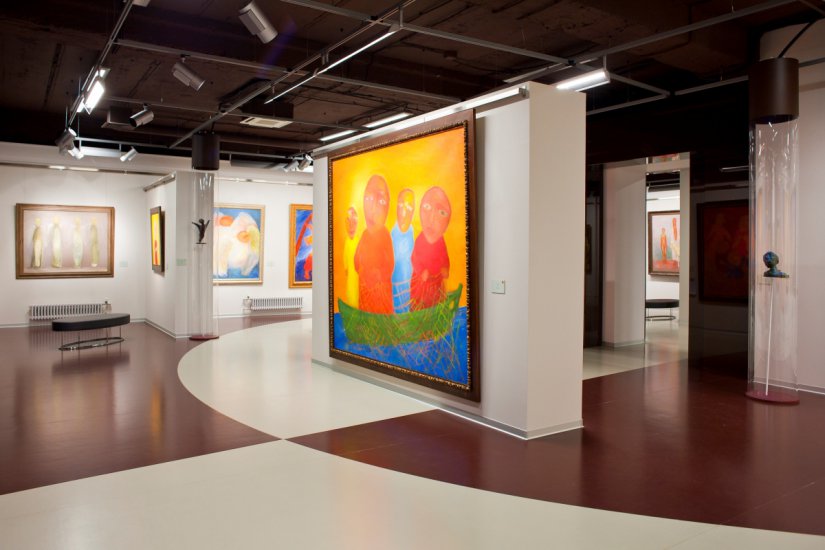
Of course, there’s more to the city than great dining and art galleries. City insiders walk off their meals with retail therapy at the Great Gostiny Dvor, the city’s iconic and utterly-expansive department store. Not only is the Grand Gostiny the oldest retail center in the city, but it’s also regarded as the world’s first shopping arcade and its yellow-hued arches, reaching towards the horizon, can’t be missed. Building commenced in 1757 with elaborate designs by Bartolomeo Rastrelli, but a recent renovation has brought this unique retail setting into the 21st century and now countless boutiques and an extensive department store fill the cavernous space, drawing in a mink-clad crowd of affluent families and tourists from the luxury hotels of the city center.
READ: Riding Russia’s Regal Rails
You’ll also find the social set in the palm-lined coffee lounge at the Elisseeff Emporium, further down Nevsky Prospekt, the city’s most elegant thoroughfare. Originally built in 1902, this acclaimed department store was opened by the Elisseeff Brothers and the food hall on the ground floor is a mesmerizing showcase of all the luxury tipples and titbits the new generation of Russians have come to enjoy, from hand-made truffles to diamond-filtered vodka, imported cheeses, and Caspian caviar. Be sure to browse the luxury spirits counter for bottles of Beluga and Imperia vodka, considered by many to be Russia’s top drops, and kick your feet up with the city’s young, chic elite in the intimate coffee shop at the emporium’s heart.
For more Destination inspiration click here.

